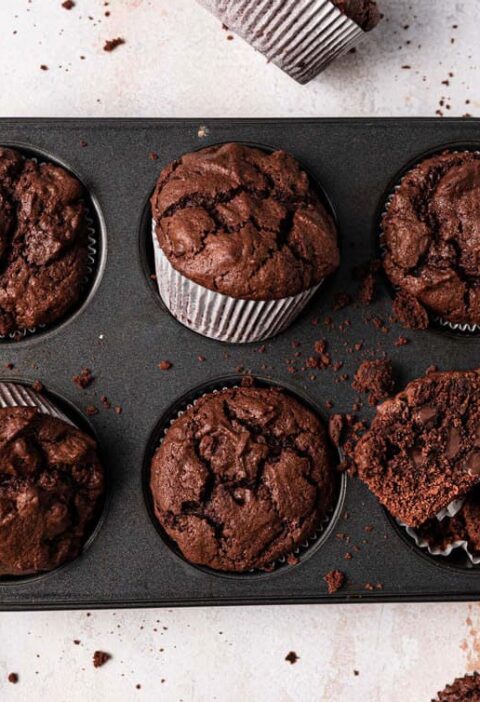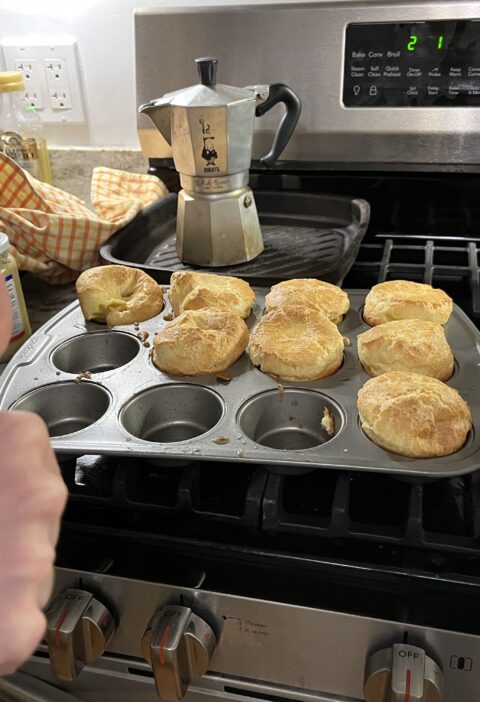In every recipe, each ingredient plays an important role in how the baked good turns out. Explained below is the role and purpose of each ingredient in the sugar cookie recipe.
The sugar cookie recipe consists of:
- 3 cups of all-purpose flour
- ¾ teaspoon baking powder
- ¼ teaspoon salt
- 1 cup unsalted butter (softened)
- 1 cup sugar
- 1 egg, beaten
- 1 tablespoon milk
You can find the original sugar recipe here.
The recipe begins by first sifting together flour, baking powder, and salt in order to break up any clumps and to aid in aerating the dry ingredients. It’s common for the recipe to initially separate the dry and wet ingredients in order to avoid any clumping and to make sure leavening doesn’t occur before the dough is cooked.
- The all-purpose flour is a white flour made of hard and soft wheat meant to function all-purposes. The flour assists in structure, where the proteins in the flour interact with each other to create gluten. The gluten stretches to contain leavening gasses and thus aids in raising the dough. Also, in general, cookies doughs, rather than batters, consist of more flour than water, explaining why the all-purpose flour is the largest amount of an ingredient in the recipe.
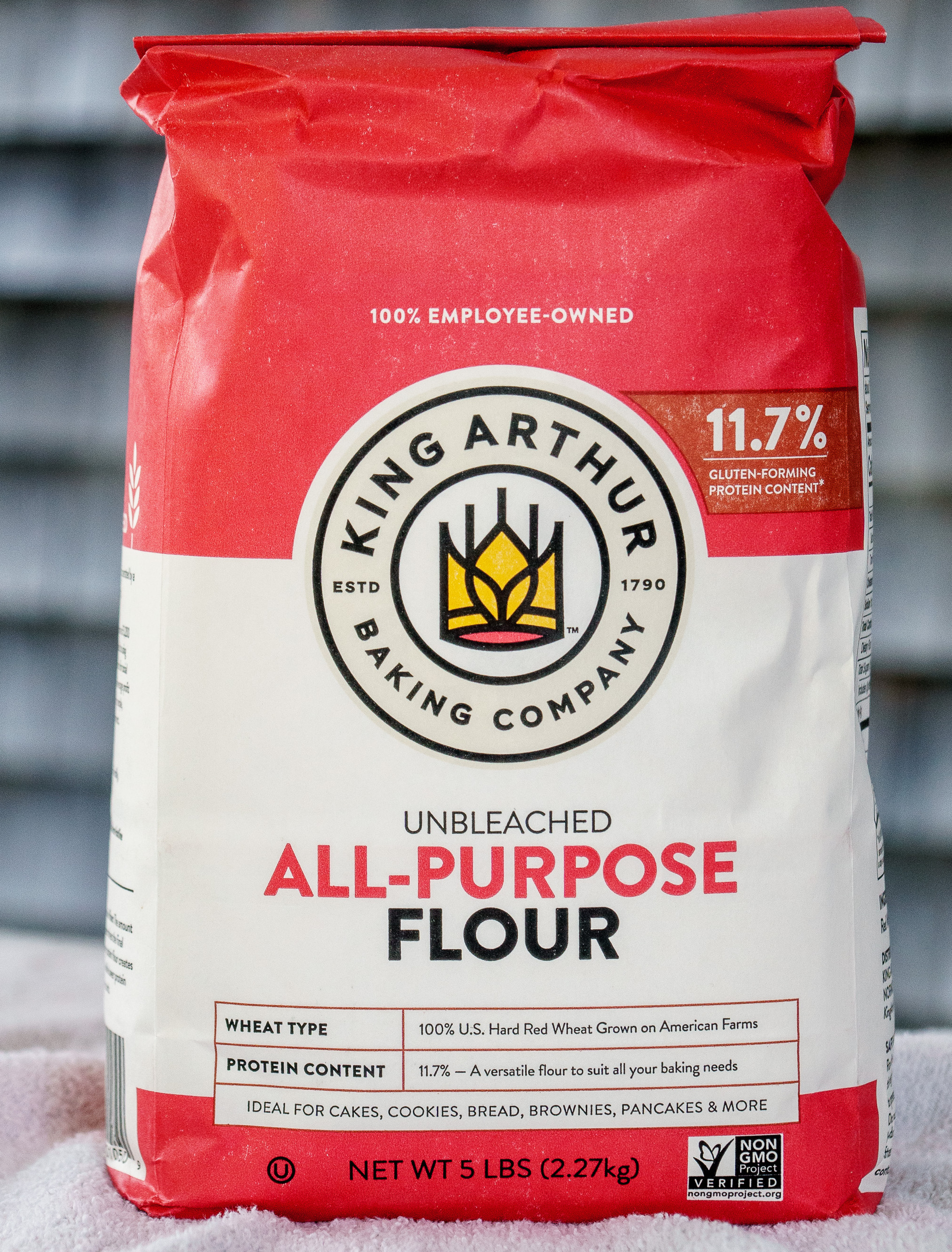
Source: Creative Commons - Baking powder is made of sodium bicarbonate (baking soda), other bicarbonates, and acid salts. The baking powder adds a slightly bitter flavor, thick and gooey texture, and acts as a leavening agent. When mixed with liquid ingredients and when exposed to heat, the baking soda dissolves and releases carbon dioxide into the air bubbles of the dough to add a small lift to the cookies.
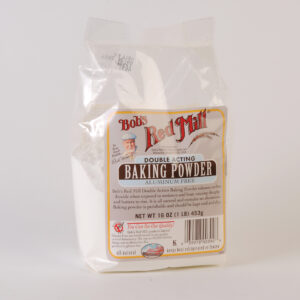
- The salt enhances the flavor of the cookie, contributes to Maillard browning, and controls gluten development.

Then, the recipe calls for electronically mixing the butter and sugar in a separate bowl. This form of mechanical leavening is called creaming (fat-sugar), where sugar helps in aerating the butter (solid fat), by cutting and forming pockets to trap air bubbles.
- The unsalted butter helps control the flavor and creates a more consistent texture of the dough.

- Beyond sweetening the cookies, sugar assists in browning/caramelization and holds onto moisture helping to reduce gluten and in leavening. Sugar also serves as a tenderizer, in which because the sugar and water are drawn together, the proteins in the cookie dough have a harder time forming gluten since the water, which is now interacting with the sugar, is necessary for gluten formation.
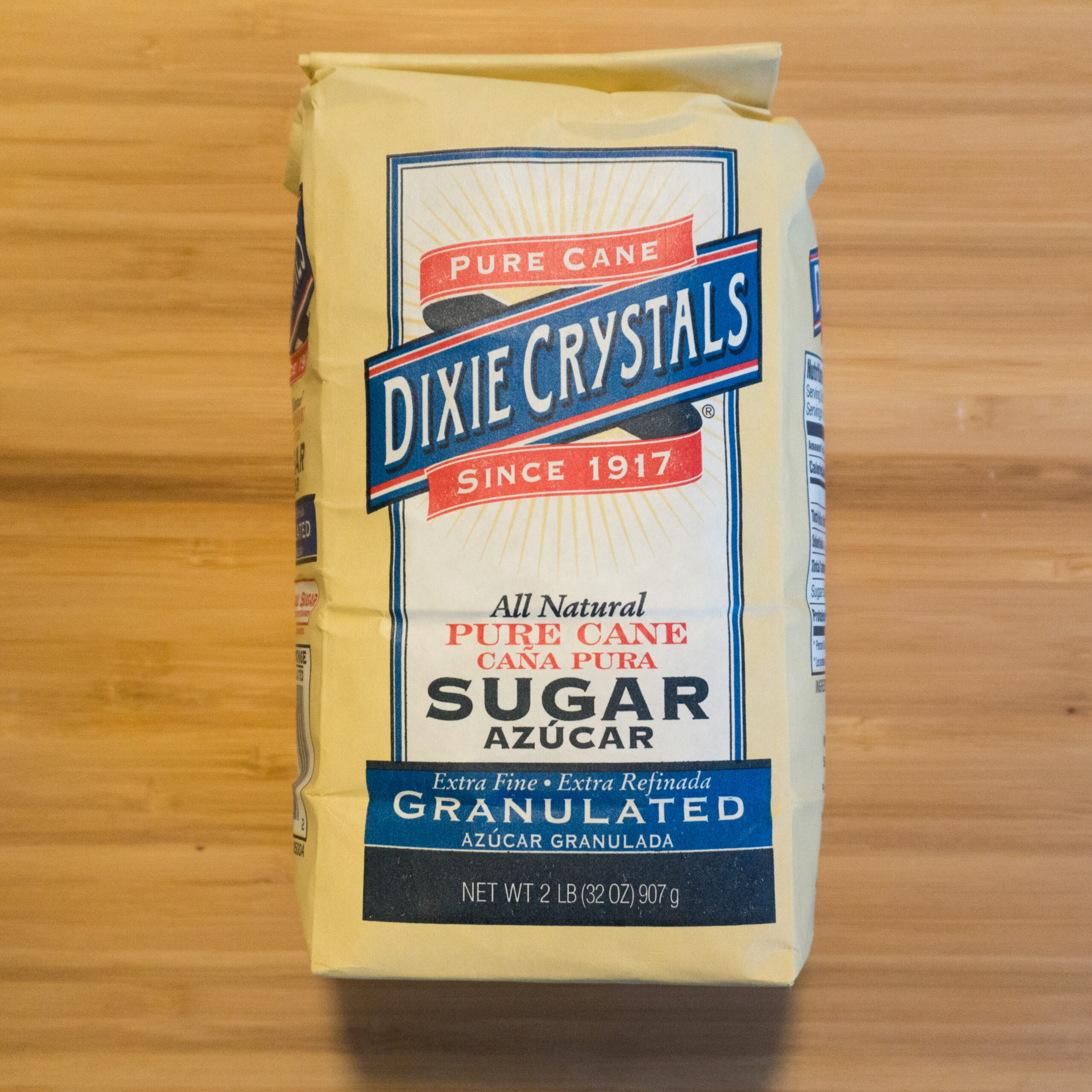
Next, add the egg and milk, and beat to combine. The process of beating helps ensure a smooth texture, where constantly and vigorously whisking the mixture together traps air into the dough.
-
- In general, eggs are used in baking to provide structure, texture, and moisture, creating thick and puffy cookies. Because the recipe uses 1 whole egg, the recipe will have the properties of both the egg white (structure-building) and the egg yolk (structure-weakening).
- Eggs are also used to bind and leaven ingredients, where the egg whites, making up roughly 2/3rd of an egg, are made of water and proteins. The water in the egg whites both add moisture to the dough as well as, during the baking process, evaporates and the gas bubbles expand and rise. When baking, the heat denatures the proteins in the egg whites, in which the bonds between the amino acids break down, unravel, and begin to harden. Malliard browning also occurs when the proteins in eggs are heated up, creating a yellowish shade to the dough.
- The egg yolks are made up of fats, nutrients, and lecithin (emulsifier); where the high-fat content gives the dough a rich and creamy flavor, as well as acts as an emulsifier to mix and bind the ingredients together.

- Similar to the egg whites, milk, generally composed of 87-88% water, “hydrates” the dough as well as helps in leavening, where the water content in the milk will evaporate in the oven, creating steam. The proteins in the milk also act as a leavening agent in which the proteins coagulate and expand under heat and when activated by an acid like baking powder, causing the dough to rise. The unfolding/denaturation of the proteins also creates a softer and more tender texture. Milk contains sugar, or otherwise known as lactose, providing a sweet taste and, when heated, the lactose caramelizes and creates a golden-brown exterior. Milk also acts as an emulsifier, binding together ingredients and creating a cohesive dough.
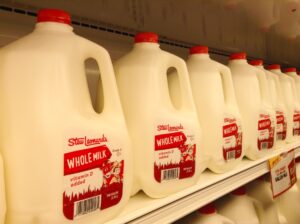
The final step in making the dough is gradually adding the flour (while the mixer is on low speed) with the mixture still in the mixer. It is important to gradually add the flour into the wet ingredients in order to ensure the flour is fully mixing into the dough and to prevent clumping.
After creating the dough, the recipe recommends how to best roll out, cut, and then cook the sugar cookies. For example, chilling the dough before baking helps the cookies keep their form while in the oven; if the sugar cookies are going to be cut into shapes, it is better that the original shape remains the same after the baking process is complete. It’s also important to be aware of the number of times the dough is cut and rolled out, as the amount of gluten increases each time the dough is rolled and flattened out.
In regard to equipment, the recipe recommends using an electric stand mixer, which is more efficient in mixing and beating the ingredients together to create the dough, as well as a rolling pin and baking sheet. While the recipe refrains from specifying a material for the baking sheet, we recommend using a metal like aluminum which is a good conductor of heat and provides a relatively uniform temperature across the pan, preventing hot spot developments.
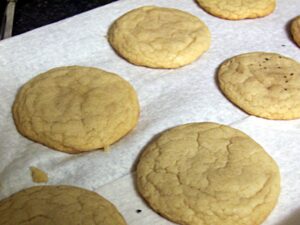
Click here to return to the recipe at a glance, the vegan alternatives, or the blossom recipe page.
Sources:
Brown, Alton. “Sugar Cookies.”
https://www.foodnetwork.com/recipes/alton-brown/sugar-cookies-recipe-1914697
Accessed April 12, 2023.
Cheng, Anthea. Incredible Plant-Based Desserts: Colorful Vegan Cakes, Cookies, Tarts, and
Other Epic Delights. Minneapolis: Quarto Publishing Group USA, 2019.
https://dickinson.idm.oclc.org/login?url=https://search.ebscohost.com/login.aspx?direct=true&db=e900xww&AN=2268918&site=ehost-live&scope=site&ebv=EB&ppid=pp_20 (accessed April 13, 2023).
Photos: Creative Commons
